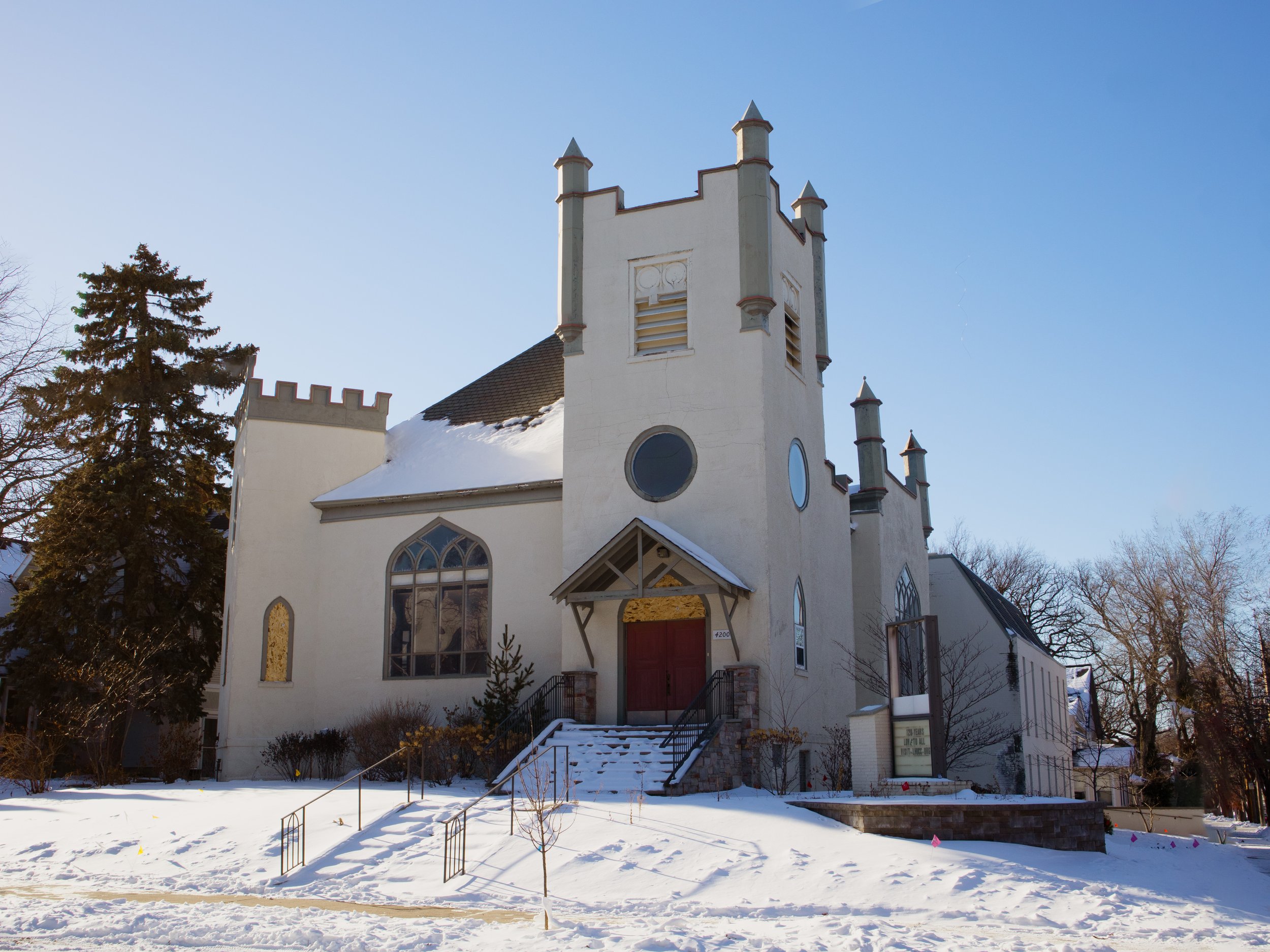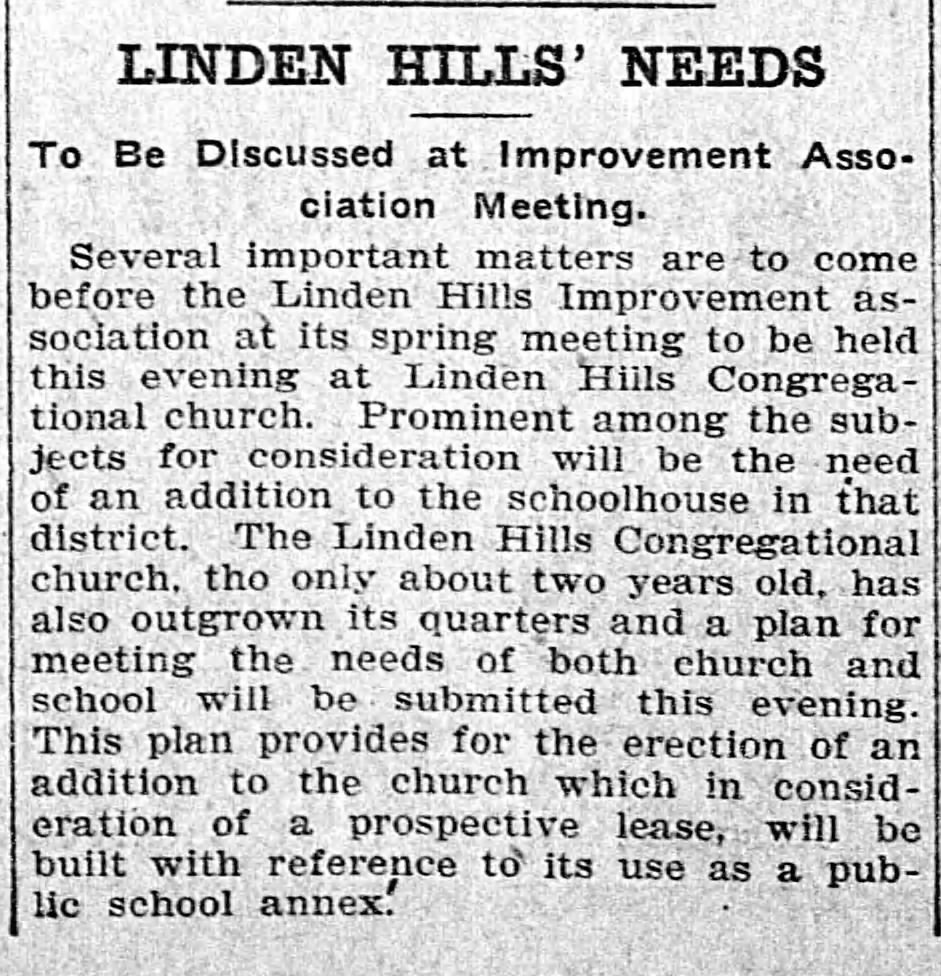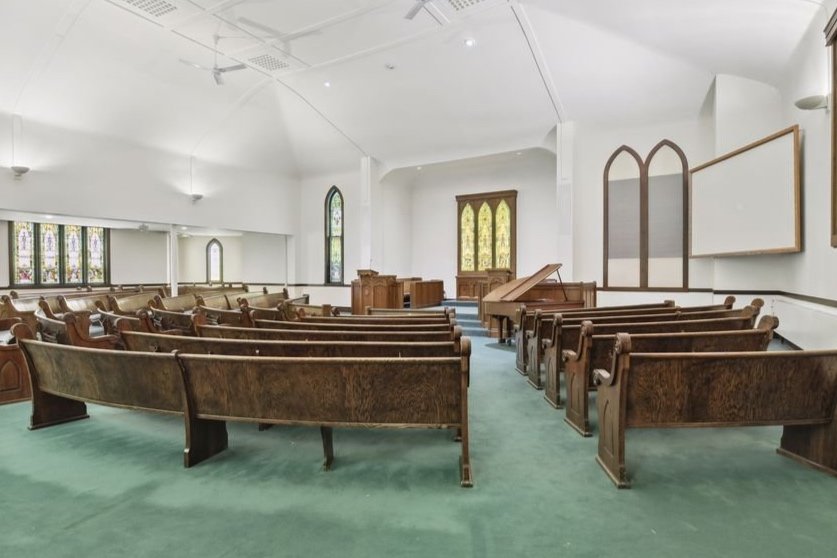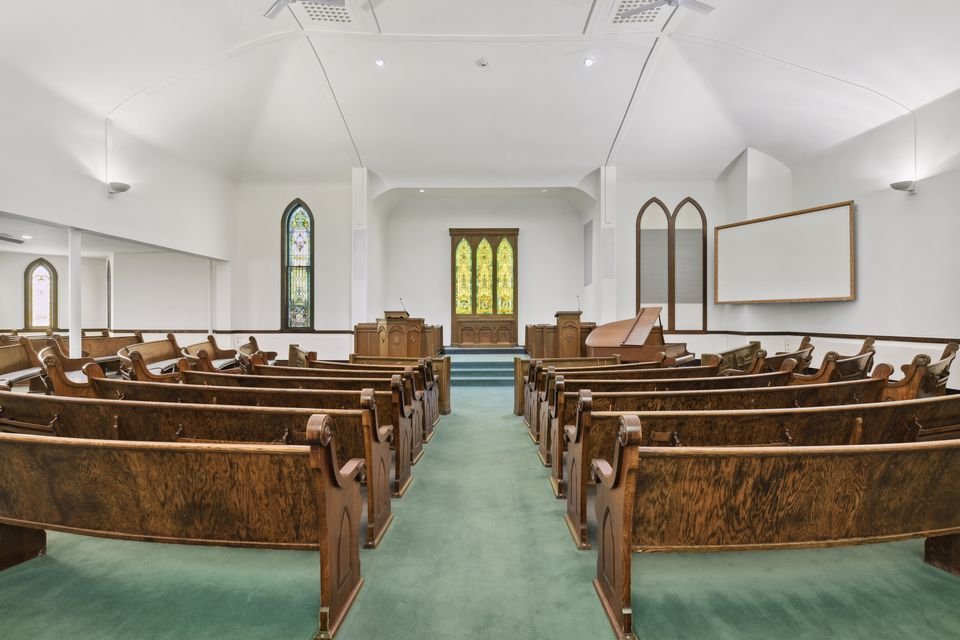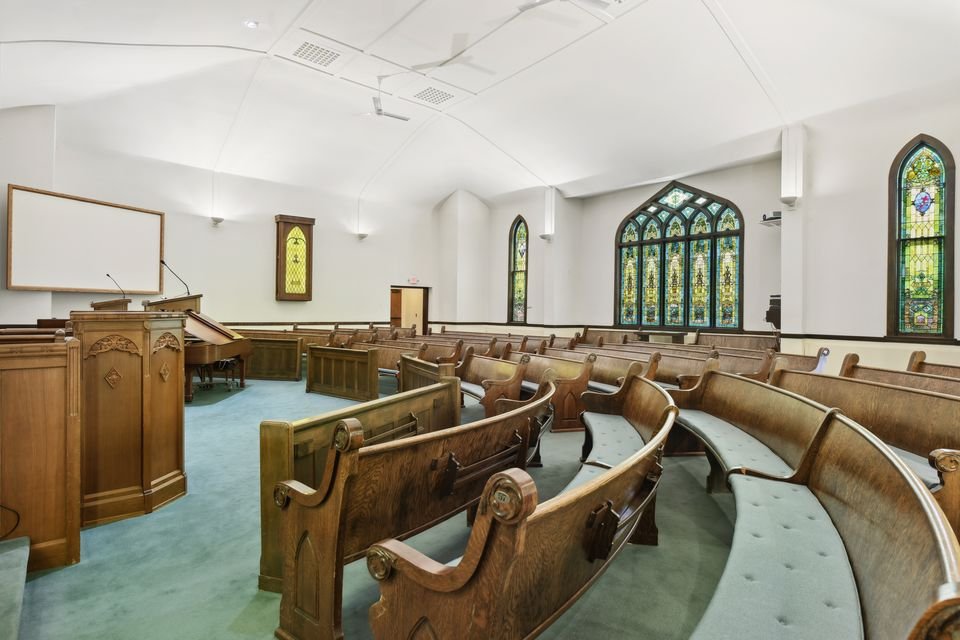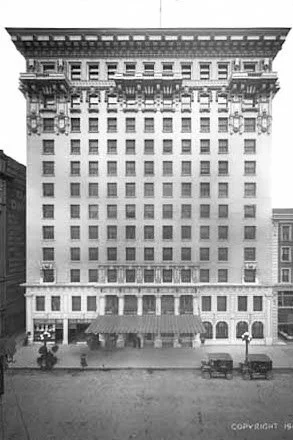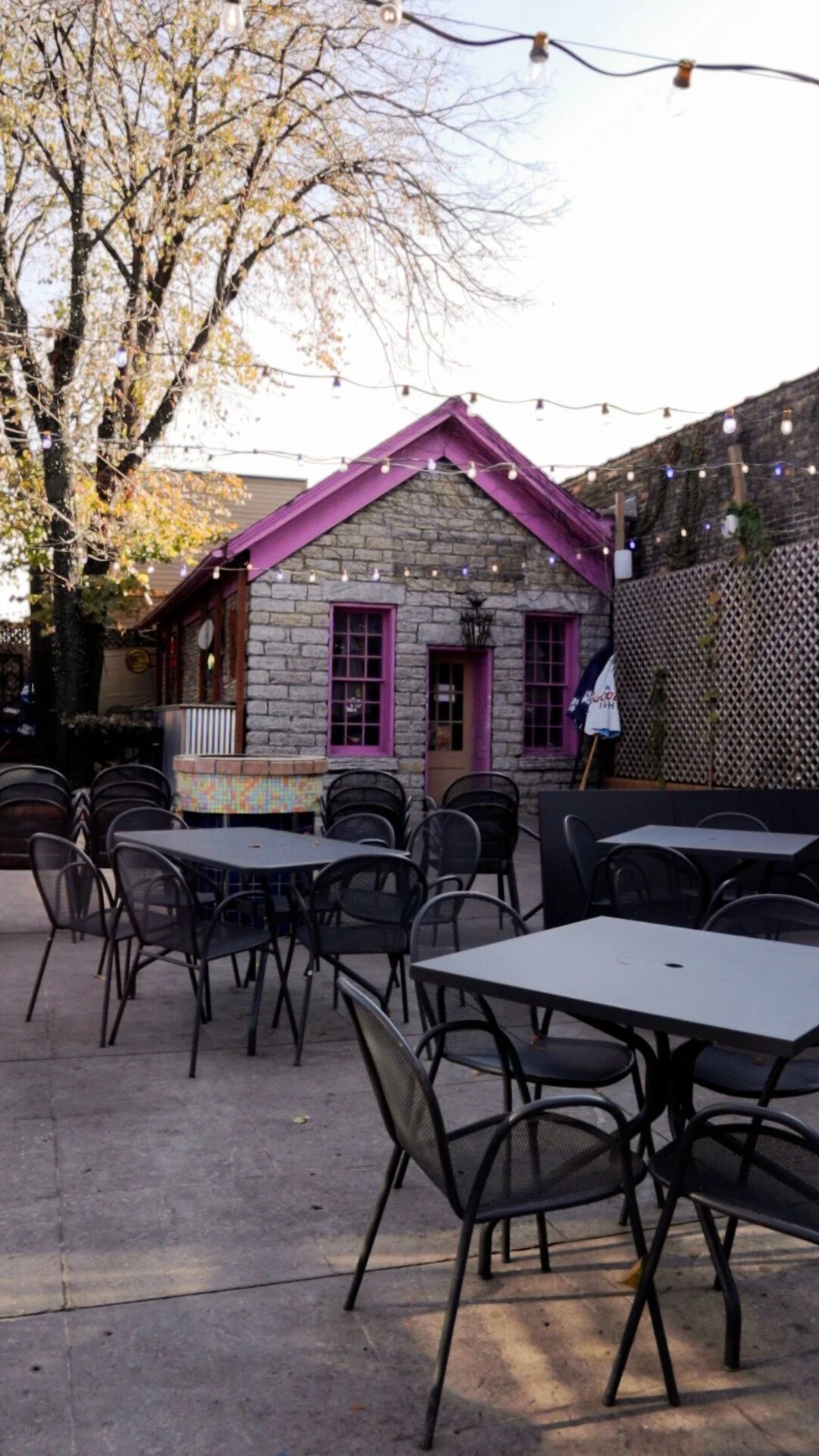Linden Hills Congregational Church
The Linden Hills Congregational Church (LHCC) that sits at the corner of 42nd and Upton in Linden Hills will soon be demolished and replaced by new construction. The news of the purchase agreement made its way to NextDoor and Facebook and people in the neighborhood were sad to hear the news.
The first Linden Hills Congregational Church was built in 1903. The neighborhood was young and growing and membership grew quickly, too. In 1905, they were already in need of a larger building. The addition was built directly in front of and connected to the original. In 1968, the original part of the church was demolished and replaced by a new education wing.
Church leadership began facing financial obstacles as early as 2015. LHCC wasn’t alone. Church membership is in steep decline. An April 2021 Gallup survey reported that less than half of Americans belong to a church or other house of worship. “Americans’ membership in houses of worship continued to decline last year, dropping below 50% for the first time in Gallup’s eight-decade trend. In 2020, 47% of Americans said they belonged to a church, synagogue or mosque, down from 50% in 2018 and 70% in 1999,” according to the survey.
The obvious reason is an increase in Americans who have no religious preference or affiliation. People who aren’t religious don’t need a place to practice religion. Also on the increase is the number of people who DO have a religious affiliation, but do NOT consider themselves members of a church. This is only due in part to the Covid-19 epidemic and the increase in online-based services. Between 1998 and 2000, an average of only 73% of religious Americans belonged to a church, synagogue or mosque. Over the past three years, the average has fallen to 60%. If you’re tempted to blame the “younger generation” for the decline in membership, the decline in affiliation is seen equally across ALL generations. Since the year 2000, each generation has seen a doubling in the percentage of people who do not consider themselves religious.
Churches are only as strong as their membership and are dependent on their members for financial support and service to keep operating. Although they have the benefit of being tax exempt, churches still have the same expenses as businesses. The costs of electric, HVAC, grounds maintenance, janitorial staff, administration staff, still have to be met and are rarely covered by the change in the donations basket.
Add to this the draw of the MegaChurch. Dozens of giant churches have grown their congregations over the past two decades. From Cedar Valley Church in Bloomington (average weekly attendance is 2000 people) to Eagle Brook Church in Centerville (average weekly attendance 16,690 people), these huge complexes offer convenience, childcare, and Starbucks coffee. The production value of their services are hard to compete with as well. Worship bands, stereo systems, projection screens and special effects are memorable and engaging. They are also somewhat denominationally neutral, meaning people of various faiths can find common ground in their teachings.
More recently, several factors escalated LHCC’s need to complete a deal. Their pastor left, they discovered a large amount of water damage and mold that would require costly repairs, needed roof repairs, and the pandemic which exacerbated dwindling membership. Beginning in April 2022, the church created a committee and engaged in a months-long effort to seek out offers. Iin the end they received three offers:
Offer 1: Anchor Builders for $720K and new construction
Offer 2: City Homes $700K and new construction
Offer 3: private investors with 2 options for reuse
Purchase for $400K and convert to apartments and daycare
Church donates the building and convert to affordable housing
The committee did seek out additional offers hoping to repurpose the church building, but because the Minneapolis 2040 Plan had been stalled because of a court injunction they were forced to move on. Why? It is really, really expensive and dangerous for a building to sit vacant. It is ironic that if there wasn’t so much backlash against the 2040 Plan that the church might have received more offers to save the building.
Only one member of the committee was open to donating the building, so Offer 3 was quickly refused. They chose Offer 2 with City Homes and included in the agreement was the ability to salvage and sell any items they wished to. In the end, stained glass windows, pews, pianos, organ pipes, trim and other pieces of the building were stripped and found new homes. In addition, City Homes has agreed to include a monument (design to be decided) among the new homes to commemorate the history of the corner.
Several posters on social media shared their fond memories of Linden Hills Congregational Church. A few were members who had married, had baptisms, attended Sunday school, or in one case, found ways to break into the building with his friends and play basketball at night. There were also a large number of posts criticizing the sale and in particular, the church.
In response to some of the criticism, the head of the church’s sale committee did respond directly:
“Our decision to sell the property is a result of our work since 2015 to find another solution. We are convinced that we seriously considered every viable option short of donating the property to a for-profit entity. The decision to sell the property and use the proceeds to continue the ministry of the Church rather than preserve the building as a monument had broad support among active members. We decided as a congregation to explore a path with Edina Morningside UCC and continue to worship with them. We pray this step moves our congregation forward on our journey together.” - David Wilson
No date of demolition has been announced, although it is expected to be soon. Let us thank the members of Linden Hills Congregational Church for being a part of the Linden Hills community for 120 years!


